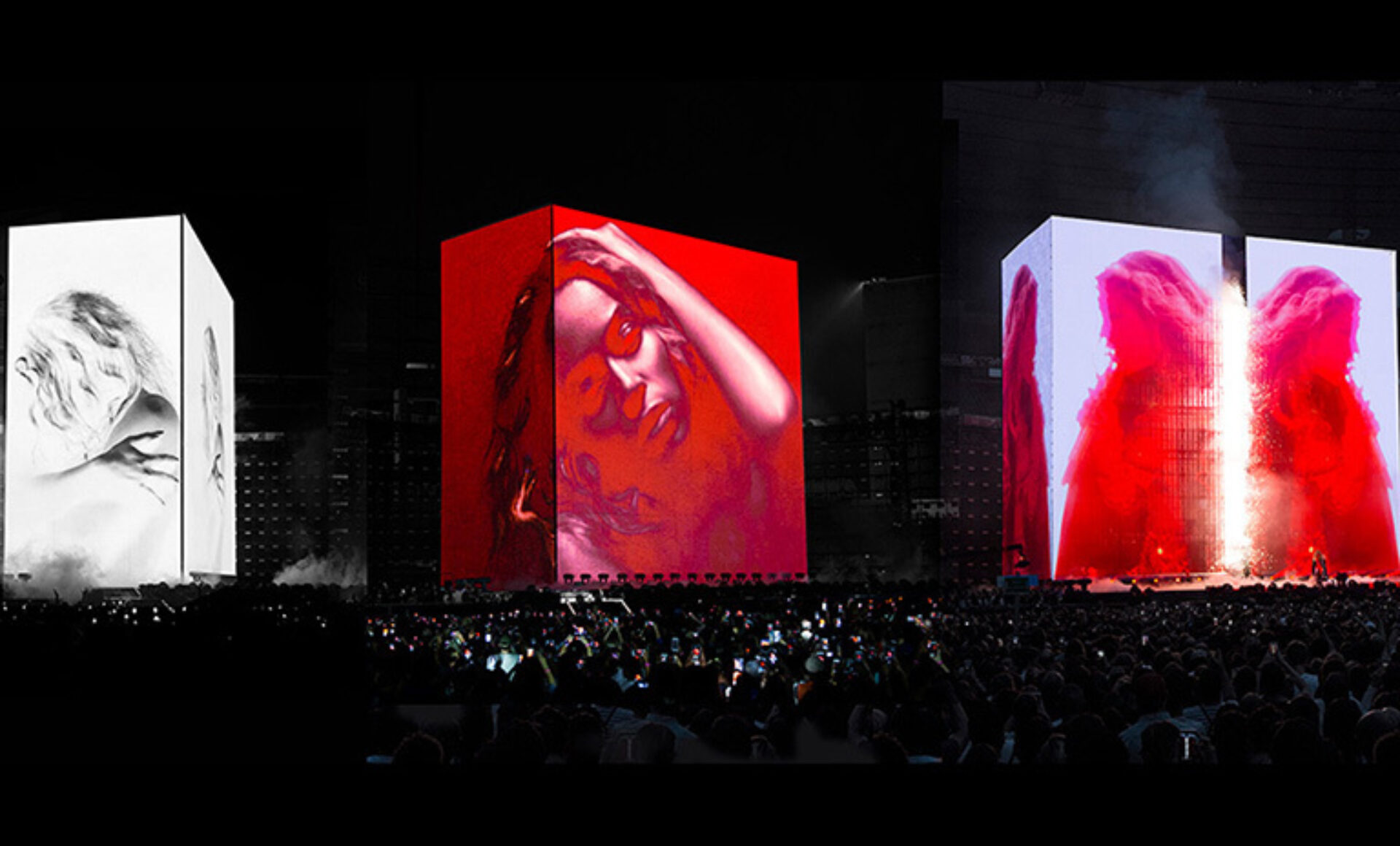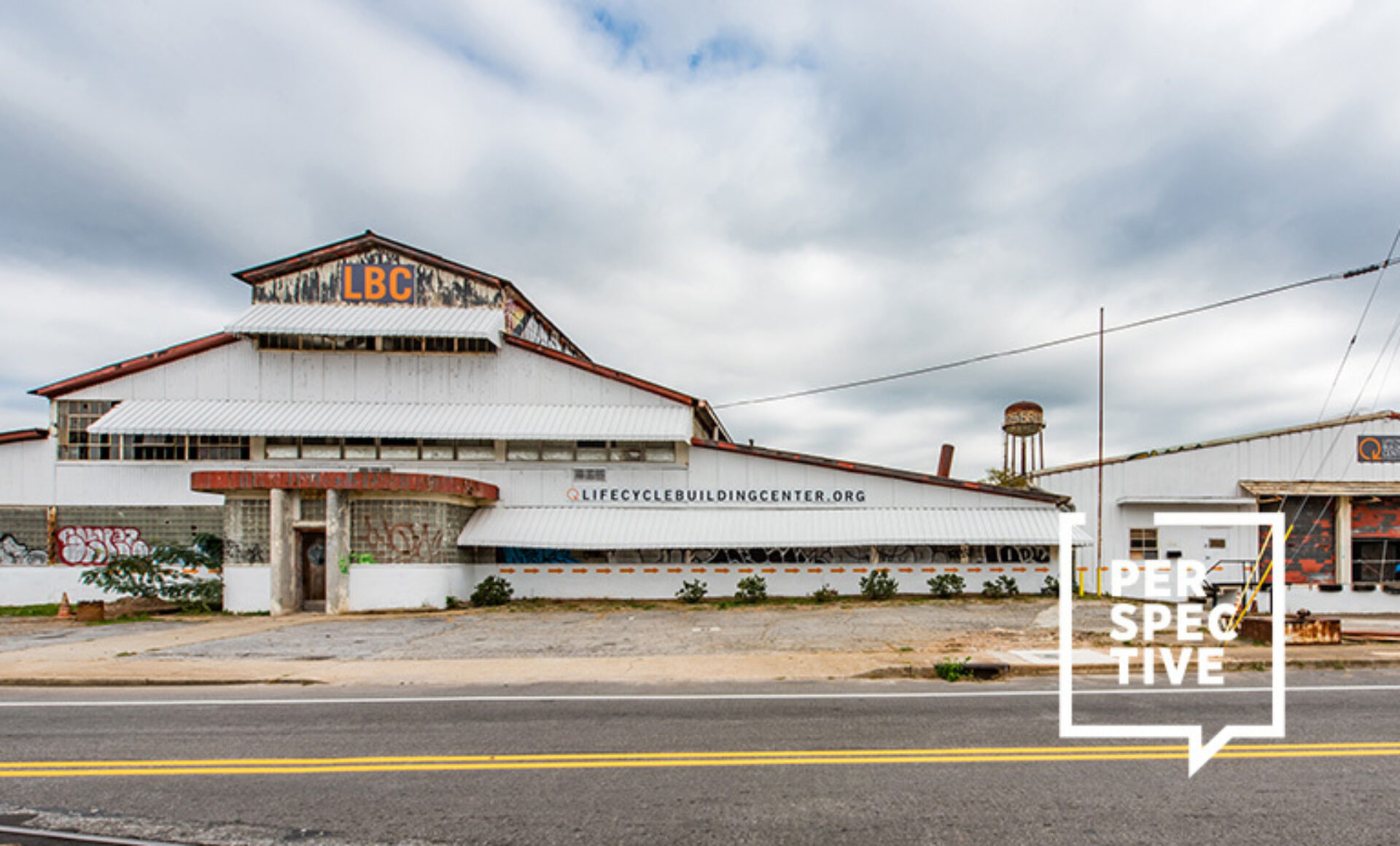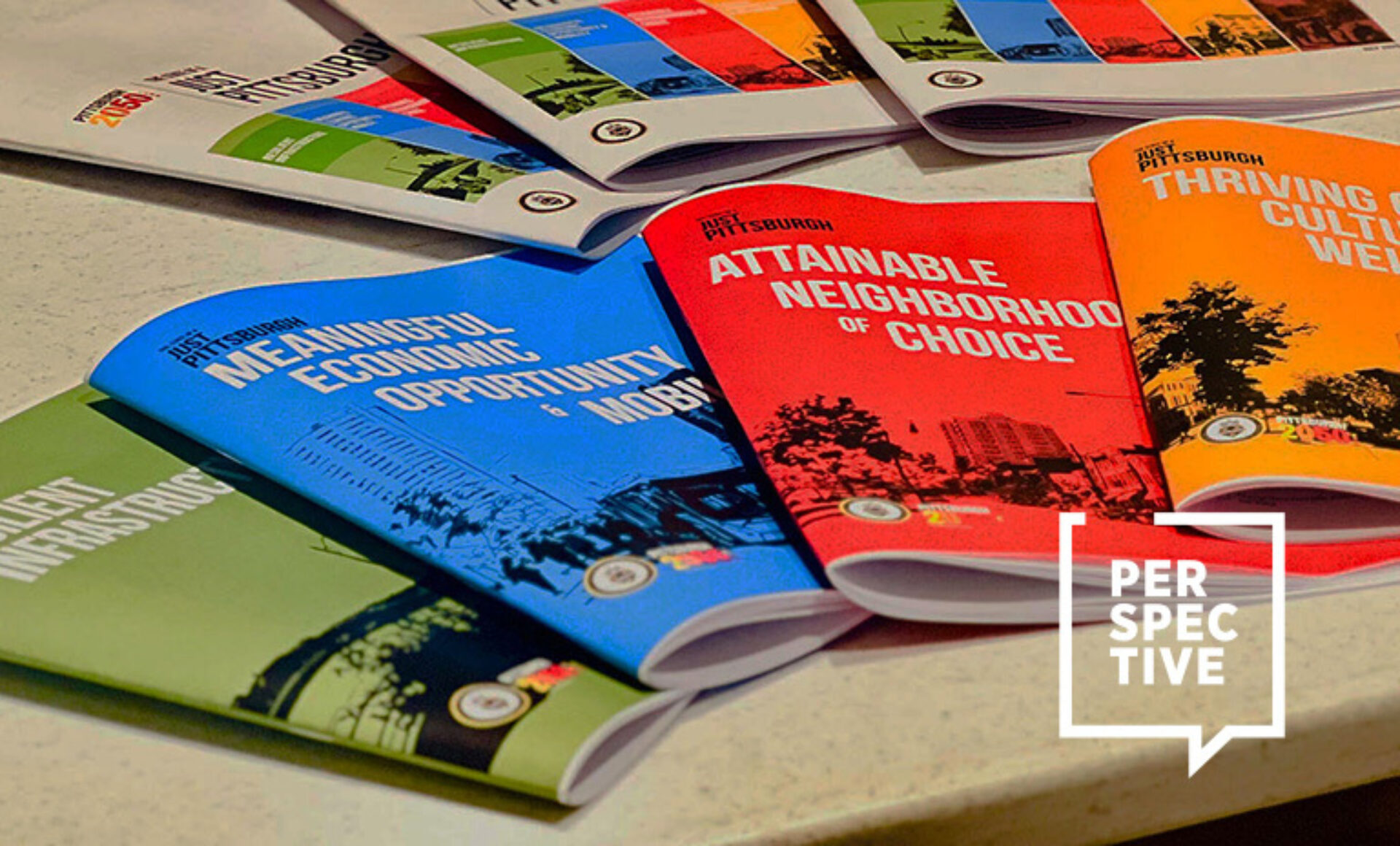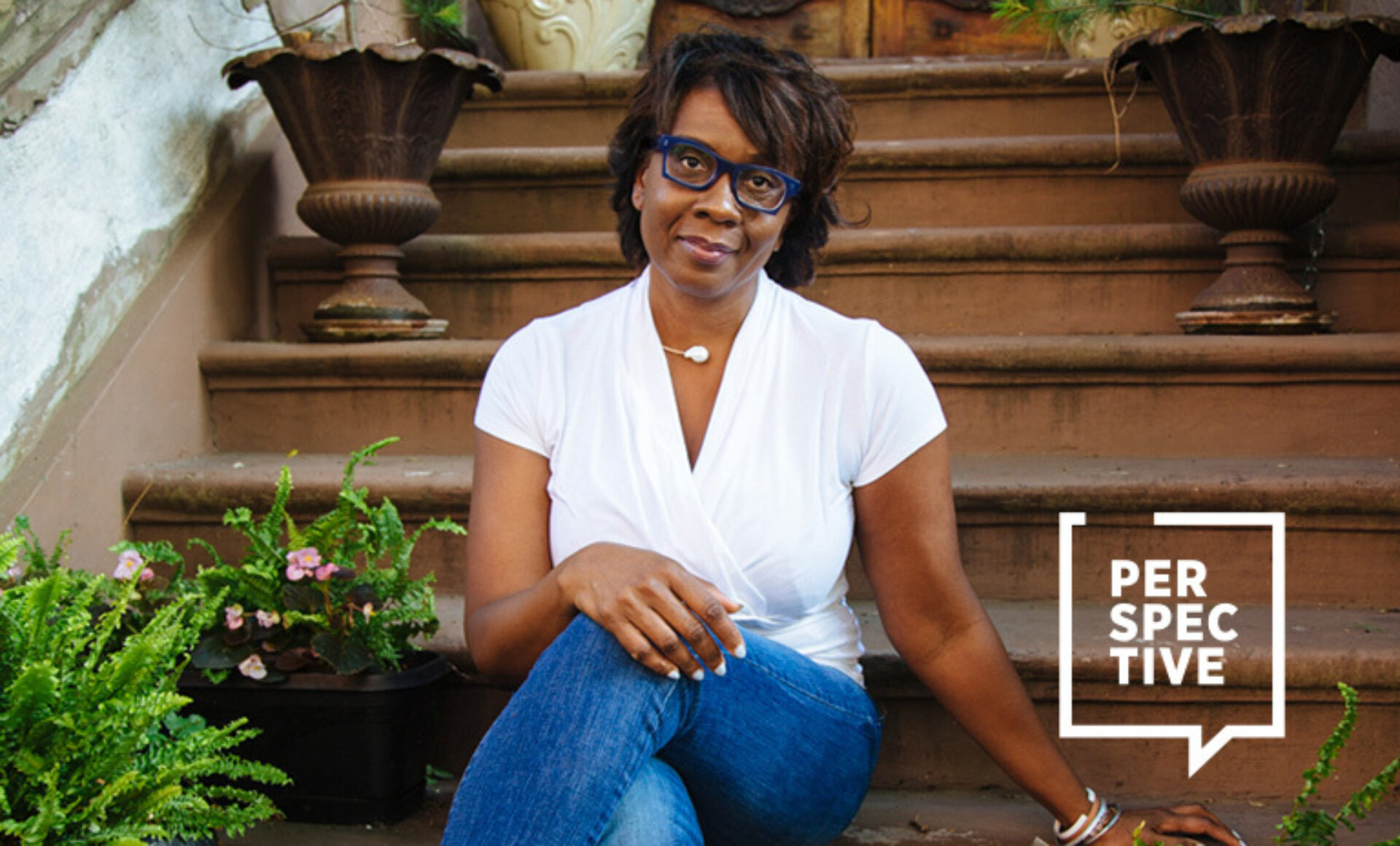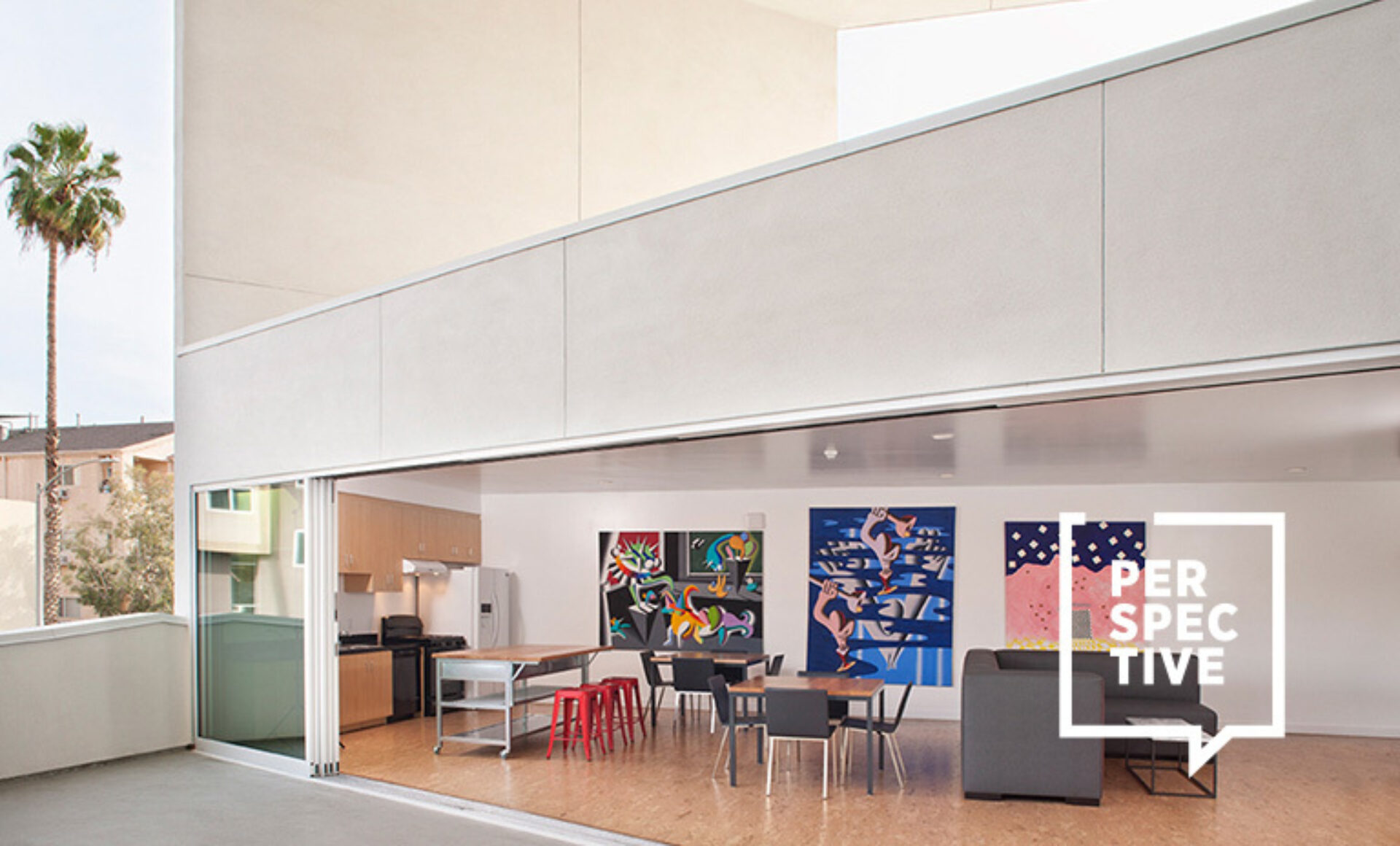Above: Atelier Ace's Ace Hotel Toronto Lobby Bar, Design Director Little Wing Lee. Photo by William Jess Laird
“I've always been interested in people's personal histories,” says Little Wing Lee. The award-winning interior designer has over 15 years of experience in cultural, commercial, and residential projects under her belt and a trajectory that includes some of the most renowned and innovative design firms, including SOM, Rockwell Group, Ralph Appelbaum Associates, APPARATUS, and Ace Hotel Group/Atelier Ace, where she currently holds the position of Design Director. “I didn't really think of going down that path,” she explains. “When I got to college I double majored in African-American Studies and Religion with the idea of going into documentary film and television. And that's what I did. After I graduated, I worked in the field for about ten years, which gave me the opportunity to work on some amazing projects.”
Soon this would change. Lee recalls: “As a young adult my mom was pushing me to go to the Harvard GSD Design Discovery program, a summer intensive graduate design program, and I was like, ‘why does she keep telling me this?’ I knew I’d always been into art and design as a kid, but never really thought about studying it in a formal way, or thought about it as a career.” In between productions, at the time, Lee decided to give it a shot. “I remember I was really into gardening so I decided to do the career discovery program in landscape architecture,” she says. “That was my first introduction to design—such an amazing experience! It was through that process that I realized that my interest was more on the interior design side. So I enrolled in the Pratt Institute graduate program for interior design and that completely changed the trajectory of my work life.”

Beyond a narrative-driven approach, Lee’s work is identified by a sharp eye for color, texture, and materiality. “And I always like to have an unexpected element. I think this is consistent in my projects,” she adds. “For the most part, I draw a lot of inspiration from contemporary art—paintings, photography, sculpture. I also look at a lot of archival footage. It's always fun to look at the history of a place or a space for design inspiration. Designing a restaurant in an insane industrial neighborhood, for example, is going to feel very different from a hotel by the beach. Thinking about context is important to me,” she says. To her, looking at the past and the present is key when thinking about the future. That applies both in work and in life.
“My parents were artists,” she says. “I remember going to a party with my mom once, and it was all cool people in their seventies, and I thought this was so much fun—everyone had a lot of insights and great stories but they also had a positive attitude to encourage you to keep on your path. I think it's good to have a connection with the older generation in your community, and also with the younger one—they inevitably inform one another. It's good to look both forward and backward.”


One way she does that is through Black Folks in Design, a collective she founded to serve as a network of Black designers across creative disciplines—architects, graphic designers, fashion designers, and more. “It started as a place for us to get together to share resources, ideas, and experiences,” she says. “But I also see it as a platform to expose the mastery, the aesthetic, and the excitement of Black designers. A lot of people are unaware of the historical and cultural importance of Black design but I think this is changing,” she adds. “Black Folks in Design is meant to connect this creative community globally: most folks are in New York City, LA, and Chicago but there are members in Canada, Brussels, and Berlin.”
Lee is building a community that values and intentionally fosters belonging. “Personally, I find that my strongest and most fun projects are those that I'm working with, let's say, a graphic designer, a lighting designer, and a landscape architect—we're all bringing a different lens to the project and that’s what makes it stronger,” she says. “I think it's really important to have these cross-disciplinary connections. It's nice to be able to recommend folks, to connect working designers to one another—designers at all stages of their career: it may be folks who recently graduated from college, people who have their own firms, or others who are well known. And it’s important to provide opportunities for collaboration—to have people to share your experiences, ask for insights, or laugh about something together.”


Lee notes that one project that she’s excited to be working on is the redevelopment of the National Black Theatre (NBT), the longest-running Black theater in New York City, and Ray Harlem, a dynamic residential, retail, and large-scale event space that also includes the next iteration of the NBT performance space, both in the Harlem neighborhood. “It's always fun to have a variety of projects,” she says.
To her inspiration can come from anywhere. “Just the view of the ocean recharges me. I grew up partially in Hawaii so the beach has always been a restorative place for me,” she says. “Nature is something that keeps me going. I also love plants. I like walking through the park, or even doing some home gardening—I find that it brings me peace."

(Above: Lee's OKRA rug design in collaboration with Odabashian displayed at the "Spotlight One" exhibition. Photo by Kelly Marshall)
Occasionally, Lee would bring nature quite literally into her work. OKRA (pictured above), the first design of an upcoming rug collection, a collaboration between Lee's firm Studio and Projects and manufacturer Odabashian. “I started to look at botanicals from West Africa and just thought that those types of flowers and leaves had never been illustrated in interior products before. So that's kind of where the idea came from,” she says. “The pattern illustrates the form and beauty of the okra plant, reflecting both the lines of the seed pods and their interior sections, which have an unexpected floral quality,” she adds about the work presented at The Gallery at Ace Hotel Brooklyn in conjunction with NYCxDesign 2022 in the inaugural Black Folks in Design exhibition. “It was my first curatorial experience,” she says and her eyes sparkle. “It was a lot of fun and a lot of work, but I think it turned out to be a success.” We can’t wait to see what she’s up to next!


